Spray drones are transforming farming by offering precision, efficiency, and cost savings. They apply chemicals exactly where needed, reduce waste, and improve safety for operators. These drones also handle hard-to-reach areas, lower chemical usage, and cut labor and fuel costs. With scalable capabilities and built-in data collection, they provide actionable insights for better crop management. Here's a quick breakdown of their key advantages:
- Precise Application: Targets specific zones, reducing chemical waste and protecting beneficial insects.
- Faster Coverage: Covers fields quickly, saving time and labor.
- Handles Difficult Terrain: Navigates slopes, muddy fields, and obstacles effortlessly.
- Lower Chemical Usage: Cuts down on chemicals and water, reducing costs and runoff.
- Improved Safety: Keeps operators away from harmful chemicals and risky conditions.
- Reduced Costs: Saves money on fuel, maintenance, and labor.
- Scalability and Data Insights: Grows with your farm and collects useful data for better decisions.
Spray drones are reshaping crop management by making farming more efficient, safer, and cost-effective.
Can a Spray Drone Really Replace a Sprayer?
1. Precise Chemical Application
Spray drones bring a new level of accuracy to farming by delivering chemicals directly to the areas that need them most. Unlike traditional ground-based sprayers that treat entire fields uniformly, drones use GPS technology, advanced sensors, and automated algorithms to pinpoint specific zones for treatment. With the help of sensor data, these drones can fine-tune their application, ensuring only underperforming areas receive attention.
For example, drone sensors can detect issues like pest infestations or nutrient deficiencies and target treatments to those exact spots. This approach avoids unnecessary spraying on healthy crops, aligning perfectly with integrated pest management practices. It’s a smarter, more focused way to support overall crop health.
The environmental benefits are hard to ignore. By reducing chemical waste, spray drones help minimize contamination of soil, water, and air. They also protect beneficial insects such as bees and natural pest predators, which are essential for maintaining a balanced ecosystem.
Farmers also see a direct impact on yields and crop quality. With pests managed effectively and nutrient deficiencies addressed precisely, plants grow healthier and more productive. Importantly, this is achieved without overexposing crops to chemicals, maintaining a delicate balance.
Spray drones also play a key role in supporting integrated pest management strategies. By applying pesticides only where and when they’re needed, farmers can slow down the development of pest resistance and extend the effectiveness of these treatments over time.
Another major advantage is safety. Targeted chemical application reduces human exposure to harmful substances and lowers pesticide residues on food, making the harvest safer for consumers. This level of precision is simply unattainable with conventional spraying methods, which rely on broad, uniform coverage.
Beyond this accuracy, spray drones save time and labor, offering even more value to modern farming operations.
2. Faster Coverage and Reduced Labor
Drones bring a major advantage to spraying operations: speed. These agile devices can cover large fields much faster than traditional ground equipment. With just one operator managing multiple drones, the process becomes far more efficient, cutting down on time and effort.
Because drones fly directly over crops, they easily handle challenges like uneven terrain and narrow rows - areas where ground-based machinery often struggles. They also eliminate delays caused by equipment setup, navigating irrigation systems, or avoiding field hazards. This streamlined approach allows operators to focus on applying treatments at the right time, maximizing effectiveness for pest and disease control.
Another perk? Operators don’t have to endure the physical strain of managing heavy ground equipment. Instead, they can control drones remotely, reducing fatigue and making the job less grueling.
Plus, a single drone system can service multiple areas in a single day. Unlike heavy machinery, which often requires time-consuming relocation, drones move quickly and efficiently. The spray drone trailer also makes relocation more efficient than ever before. This flexibility means treatments can be applied even when ground conditions are less than ideal, saving time and labor during critical periods.
3. Access to Hard-to-Reach Areas
Farmers often face challenges when traditional ground equipment, like heavy tractors and boom sprayers, can't handle tough terrain. Steep slopes, waterlogged fields, or areas with deep gullies and creek beds can leave portions of crops untreated or delay essential care. These limitations call for a solution that can go beyond the physical restrictions of ground-based machinery.
Enter spray drones. These aerial machines glide over muddy fields, steep hillsides, and rocky terrain with ease, avoiding the damage and delays that ground equipment might cause. When spring rains turn fields into a soggy mess, drones keep working while tractors sit idle, ensuring treatments are applied exactly when they’re needed.
Equipped with RTK GPS systems, modern agricultural drones achieve pinpoint positioning accuracy within ±2 inches - even on uneven ground. Advanced terrain-following sensors automatically adjust the drone’s height, maintaining a consistent distance from the crop canopy, even on slopes as steep as 20 degrees.
Obstacle detection takes efficiency to the next level. DJI Agras drones, for example, can identify objects up to 164 feet away and perform a full environmental scan in just 0.1 seconds. This advanced radar system can detect objects with an accuracy of 0.02 inches at close range, allowing drones to safely navigate around power lines, trees, and buildings.
Another advantage comes from the rotor wash created by drone propellers. This downward airflow pushes spray droplets deep into dense crop canopies, ensuring even coverage. By flying just 6 to 15 feet above the crops, drones deliver chemicals precisely where they’re needed most.
Perhaps most importantly, drones avoid the soil compaction and crop damage caused by heavy ground equipment. Without ever touching the ground, they can accomplish tasks in days that might take weeks with traditional methods.
4. Lower Chemical Usage
Spray drones bring a game-changing advantage to farming: they significantly reduce the amount of chemicals and water needed for crop treatment. Traditional spraying methods often result in wasted chemicals due to overuse and uneven application, which not only drives up costs but also raises environmental concerns. Spray drones tackle this issue by applying chemicals with pinpoint accuracy, cutting down on waste and saving money.
Unlike conventional equipment that sprays chemicals broadly across entire fields, drones focus on specific areas with impressive precision. They achieve this by using concentrated solutions that require much less water. Traditional methods depend heavily on water to carry chemicals to crops, but drones are engineered to use far less liquid per acre. This means you’re paying for the active ingredients that matter, not for excess water that adds unnecessary bulk and cost.
The benefits don’t stop there. Drone spraying minimizes off-target drift and overspray, which not only reduces costs but also lessens the environmental impact. By lowering the total amount of pesticides and fertilizers applied, drones help reduce the risk of harmful chemical runoff into nearby water sources. This precision also extends to water conservation, delivering water exactly where it’s needed and eliminating the waste commonly seen with traditional irrigation and spraying systems. This targeted approach is especially valuable in drought-prone areas or regions with high water costs.
The reduced use of chemicals and water doesn’t mean compromising on effectiveness. Instead, it supports sustainable farming practices while maintaining crop health and yields. Smarter application methods ensure you’re conserving resources while promoting healthier ecosystems. This dual benefit of efficiency and sustainability helps cut costs and sets the stage for more responsible farming operations.
"The precision of agriculture drones has a direct impact on the environment. By minimizing chemical runoff into waterways, drones help protect local ecosystems. This reduction in environmental impact is crucial for sustainable farming practices and aligns with global efforts to preserve natural resources." - DJI Agriculture
sbb-itb-3415cd9
5. Better Operator Safety
Spray drones are not just about improving efficiency and precision - they also play a big role in keeping operators safe. By keeping workers away from harmful chemicals and dangerous field conditions, drones bring a new level of safety to farming operations. Traditional methods often require workers to carry backpack sprayers or operate heavy machinery on challenging terrain, such as steep slopes or muddy fields. These practices expose them to pesticides and physical risks. With drones, operators can manage the entire spraying process from a safe distance, minimizing the chances of chemical exposure and injuries.
Thanks to remote operation, drones eliminate the need for workers to come into direct contact with chemicals or navigate dangerous terrains. This significantly cuts down on risks like poisoning or long-term health issues caused by pesticide exposure.
"Drones significantly reduce the risk of applicators being contaminated by the pesticides, especially those using backpack sprayers."
- Erdal Ozkan, Professor and Extension State Specialist - Pesticide Application Technology, The Ohio State University
Drones also tackle the risks associated with operating heavy equipment on uneven, steep, or wet fields. These conditions often lead to accidents, such as machinery tipping over, but drones allow spraying to continue safely and remotely.
"The technology not only ensures accuracy, it also significantly elevates worker safety."
- Ronnie Levy, LSU Ag Center State Rice Specialist
By removing the need for workers to physically enter hazardous areas, spray drones provide a level of protection that traditional methods simply can’t match.
Beyond safeguarding workers, drones also help protect the land itself. Heavy ground equipment can compact soil or damage crops, potentially hurting future yields. Spray drones avoid this entirely, ensuring safer operations that are also gentler on the farm. All in all, this technology not only shields workers from harm but also keeps operations running smoothly and reliably.
6. Reduced Operating Costs
Spray drones don’t just bring efficiency and safety to the table - they also help farmers save money in big ways. One of the main reasons farmers are turning to spray drones is the potential for significant cost savings across multiple areas. Over time, these savings can easily offset the initial investment in the technology. From lower maintenance needs to reduced labor costs, the financial benefits add up quickly.
Traditional farming equipment often comes with hefty fuel costs and ongoing maintenance demands. Spray drones, on the other hand, shine in this area. Many drones run on battery power or require minimal fuel, making them far more fuel-efficient than diesel-powered ground equipment. This shift can lead to noticeable reductions in operating expenses.
Labor costs also take a hit - in a good way. Instead of needing a large crew to operate traditional machinery, a single trained pilot can manage multiple drones, drastically cutting labor expenses.
Another advantage? Spray drones are built with fewer moving parts compared to traditional ground sprayers. This design means less wear and tear, fewer repairs, and lower maintenance costs overall. Plus, drones eliminate the issue of soil compaction, which not only preserves crop yields but also prevents costly damage to the fields.
With their faster speeds, spray drones can treat more acres in less time, reducing the cost per acre. Their efficiency and speed make them a cost-effective alternative to conventional methods, giving farmers a strong financial incentive to make the switch.
7. Scalable Operations and Data Collection
Spray drones are designed to grow with your needs, making them suitable for operations ranging from 500 to 5,000 acres. Whether you’re starting with just one drone or building a fleet over time, these systems allow you to expand without hefty upfront costs. This flexibility aligns seamlessly with advanced data analytics, turning drone usage into a smart investment.
What’s more, these drones don’t just spray - they collect valuable data. Equipped with sensors, they gather real-time field information during every flight, transforming each pass into actionable insights for your crops. Using LIDAR technology, spray drones navigate obstacles and follow terrain contours, identifying problem areas like pest infestations, disease outbreaks, or nutrient deficiencies before they spiral out of control.
This real-time data empowers precision agriculture, ensuring treatments are applied exactly where and when they’re needed. The result? Optimized schedules, reduced input costs, and fewer yield losses caused by weeds, pests, or disease. Having instant access to this kind of information makes it easier to address issues before they escalate, saving time and resources.
As your operation grows, so does your ability to collect and analyze data. Adding more drones not only increases field coverage but also provides deeper insights into your crops. This creates a continuous cycle of information and improvement, helping you make smarter, more informed decisions every step of the way.
Comparison Table
The table below highlights how spray drones excel in certain areas compared to traditional methods like ground sprayers and manned aircraft. While ground sprayers are effective for large, uniform fields, and manned aircraft can quickly cover vast areas, spray drones bring advantages in precision, cost savings, safety, and accessibility in difficult terrains.
| Metric | Spray Drones | Ground Sprayers | Manned Aircraft |
|---|---|---|---|
| Coverage Efficiency | Moderate with precise, targeted application | High for uniform fields, but risks overlaps or missed spots | Very high for large-scale areas |
| Chemical Usage | Reduced through targeted spraying | Standard usage with potential for waste | Slight reduction due to broad application methods |
| Labor Requirements | Typically needs just one operator | Requires an operator and support crew | Involves a pilot and ground support team |
| Operating Costs | Lower due to reduced chemical use and labor | Higher with fuel, maintenance, and extra labor | Highest due to fuel, maintenance, and crew demands |
| Setup Time | Quick and easy to deploy | Moderate setup time | Lengthy preparation process |
| Weather Flexibility | Operates in moderately windy conditions | Limited by ground conditions | Highly sensitive to adverse weather |
| Precision | High precision with minimal overspray | Lower precision, with uneven coverage possible | Less precise than drones |
| Safety | Safer with remote operation, minimizing exposure | Higher risk of chemical contact during handling | Greater risk due to pilot exposure |
| Terrain Access | Excellent for slopes, wet areas, and other challenging terrains | Limited by obstacles and uneven ground | Generally effective but may require adjustments |
| Initial Investment | More affordable upfront | Higher initial costs | Very high capital investment required |
Spray drones stand out by offering greater precision, reducing chemical waste, and cutting operating costs, especially for smaller fields or spot treatments. Their remote operation keeps workers safely away from chemicals, and they excel in navigating tough terrains like steep slopes or wet fields, where traditional equipment often falls short. This comparison underscores the growing role of spray drones in modern farming, paving the way for more efficient and safer agricultural practices.
Conclusion
Spray drones are changing the game for modern agriculture, offering a host of practical benefits that directly address the challenges farmers face today. From precise chemical application and faster coverage to improved safety and lower operational costs, these drones are helping farmers work smarter, not harder. They also make it easier to tackle tough terrains and reduce chemical usage, all while paving the way for more efficient and sustainable farming practices.
It's no surprise that more farmers are turning to this technology. At NuWay Ag, we go beyond simply selling equipment. Our complete DJI-certified kits - like the T50 (starting at $29,999) and the T60X ($35,595) - come with free coaching, maintenance, and repair services. Plus, as a DJI Certified Service Center, we ensure farmers have access to expert support and replacement parts whenever needed.
Whether you're managing a small farm or thousands of acres, spray drones bring the flexibility and precision you need to scale your operations effectively. With built-in data collection capabilities, these drones also position you to embrace future innovations in farming. Investing in this technology isn't just about solving today's problems - it's about setting yourself up for long-term success.
FAQs
How do spray drones make farming safer for operators compared to traditional spraying methods?
Spray drones play a key role in improving safety for farmers by keeping them at a safe distance from potentially harmful pesticides and chemicals during application. Unlike traditional methods, where direct exposure is a constant worry, drones allow operators to avoid these risks entirely.
They also take on the challenging job of spraying in areas that are dangerous or tough to access, reducing the likelihood of accidents or health problems. By taking over these physically demanding and risky tasks, spray drones offer a safer and more practical approach to modern farming.
What kind of data can spray drones collect, and how does it help improve farming practices?
Spray drones are capable of collecting a wealth of information, including multispectral imagery, thermal data, and microclimate details like temperature, humidity, and wind patterns. This kind of information gives farmers a clearer picture of their fields, helping them track crop health, spot pests or diseases early, pinpoint nutrient shortages, and evaluate environmental factors.
Armed with this data, farmers can make highly targeted decisions - like applying treatments only where they're needed or fine-tuning irrigation based on real-time conditions. The result? Improved crop yields, reduced input costs, and smarter use of resources, all of which contribute to more productive farming practices.
What are the environmental advantages of using spray drones in farming?
Spray drones offer a smarter way to handle chemical applications in agriculture, focusing on precision to cut down on waste and protect nearby ecosystems. By applying chemicals exactly where they're needed, they help prevent runoff, safeguard water sources, and maintain soil quality - all while keeping the surrounding environment in better shape.
What’s more, drones don’t compact the soil like heavy machinery does, preserving its structure and health. They also use up to 30% less pesticide thanks to their targeted spraying capabilities. This not only reduces the environmental footprint but also supports healthy crops. With these advantages, spray drones stand out as a forward-thinking solution for today’s farming challenges.


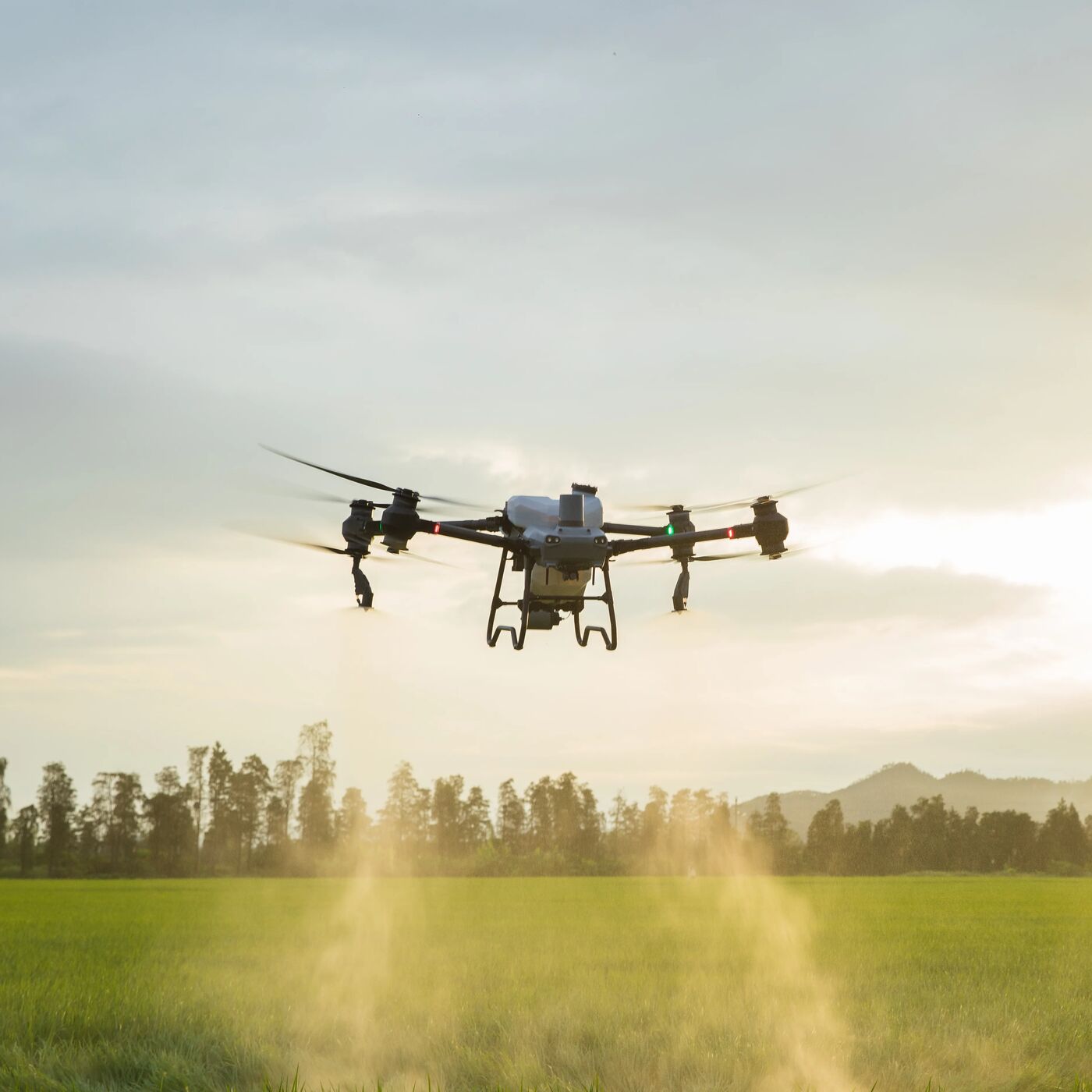
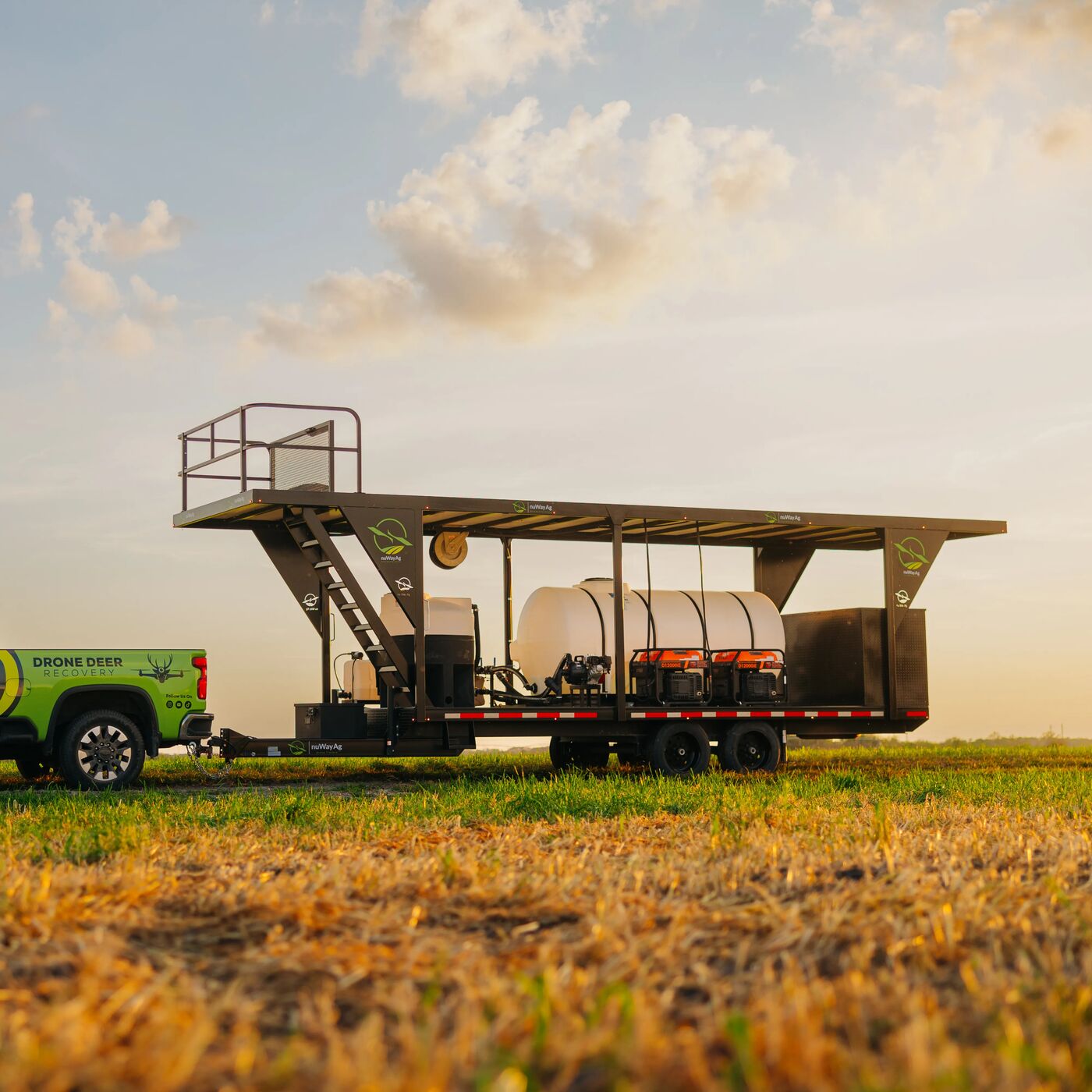
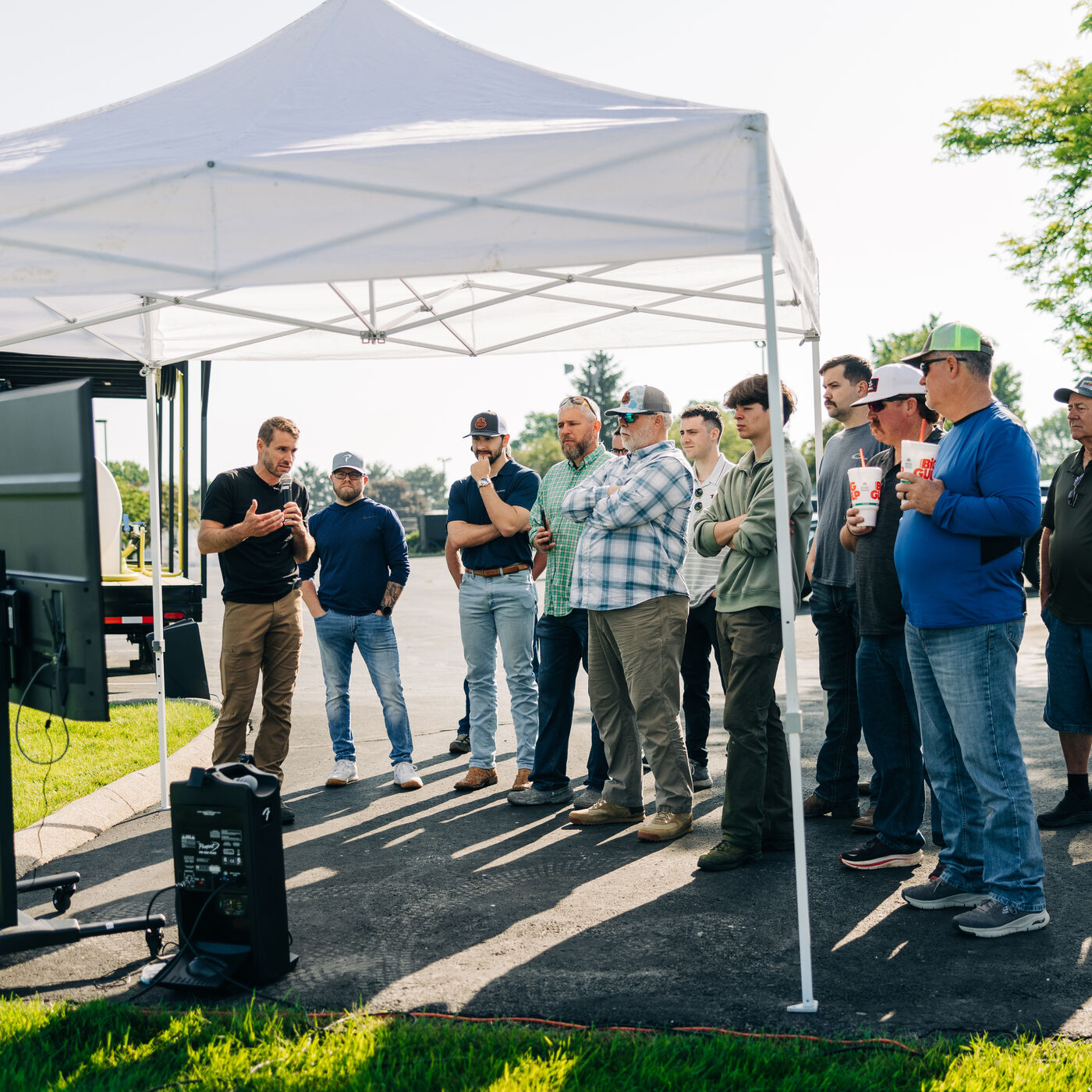
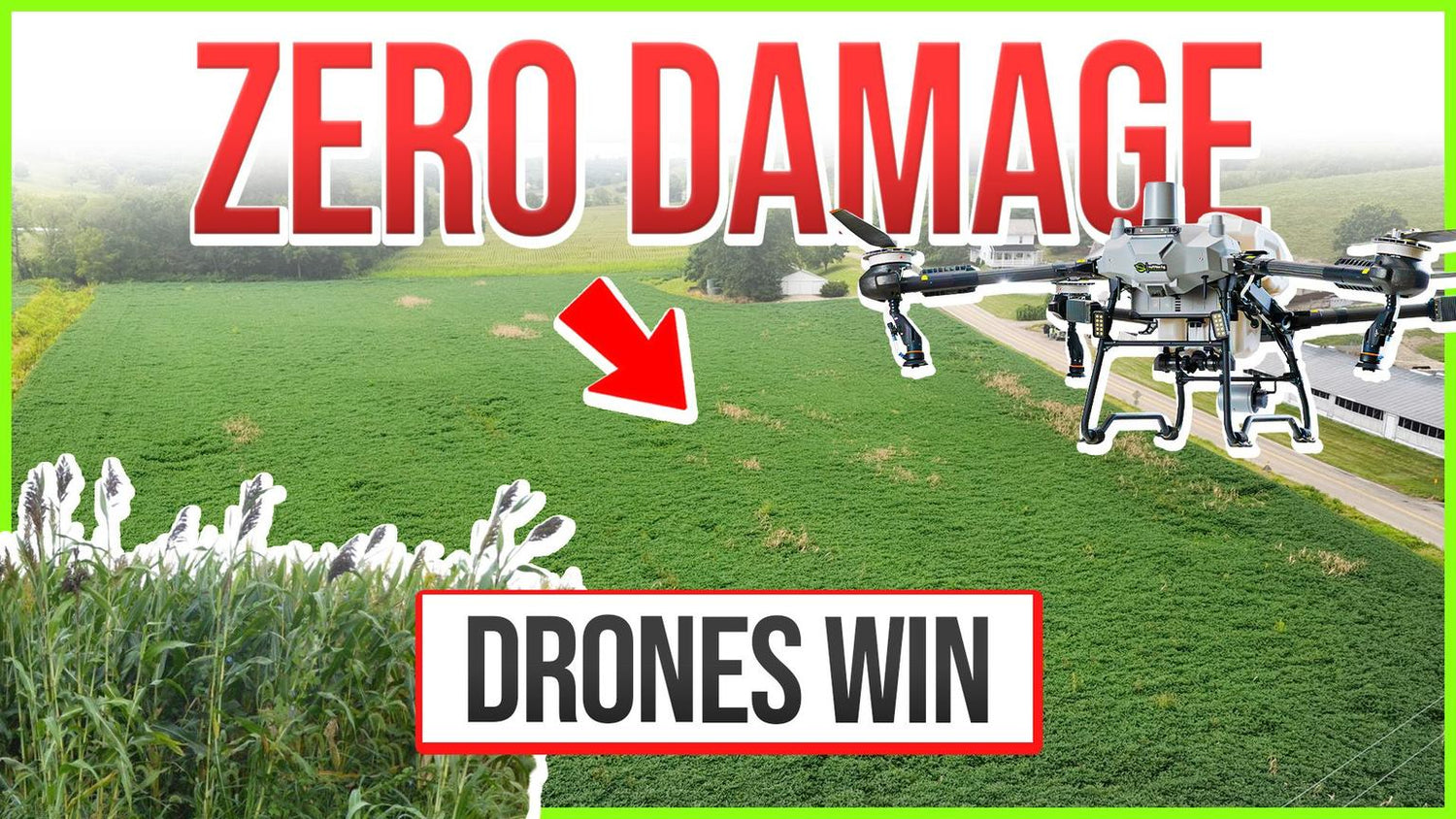
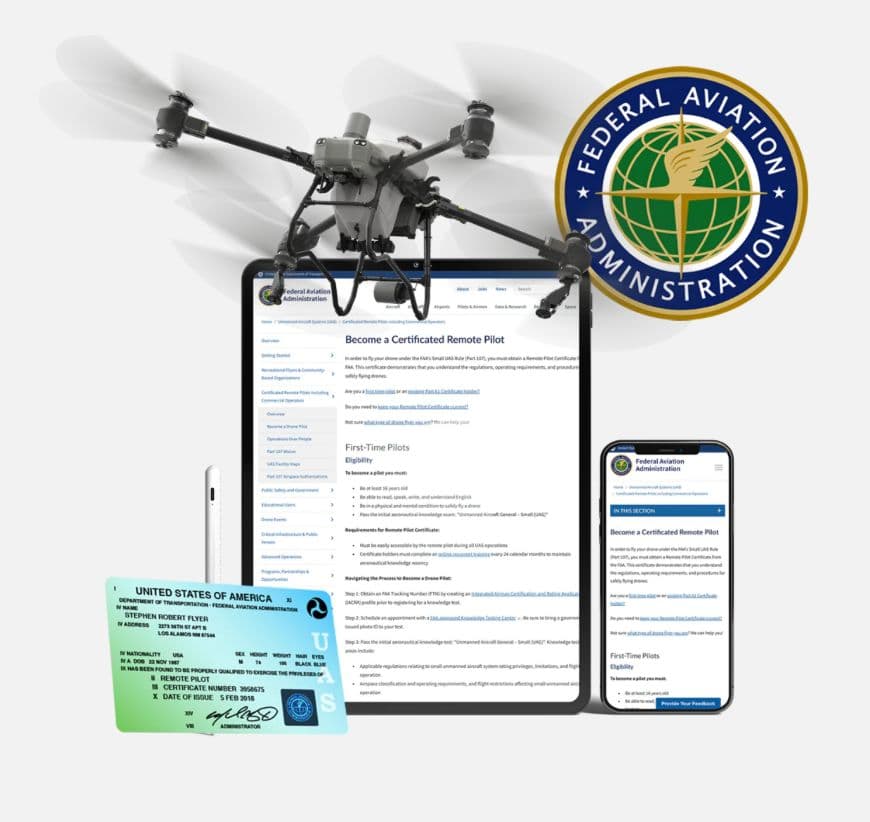
Leave a comment
This site is protected by hCaptcha and the hCaptcha Privacy Policy and Terms of Service apply.